Introduction
If you’ve been working remotely lately, you might be missing out on something that could save you money Working From Home Tax Relief. Not everyone knows about it, but it’s one of those perks that can really make a difference when the bills pile up.
Let’s break it all down in simple terms so you can make the most of this benefit.
What is Working From Home Tax Relief?
Working From Home Tax Relief is a way to claim back some of the extra costs you’ve had while working remotely. This includes things like heating, electricity, broadband, and even business phone calls.
HMRC (Her Majesty’s Revenue and Customs) introduced this relief to help people who had to work from home, especially during the pandemic, and now it still applies if your employer requires you to work remotely.
Important Note: If you choose to work from home for personal reasons, you may not qualify. It must be a requirement, not a preference.
Who Can Claim It?
You can claim Working From Home Tax Relief if:
- Your employer has asked you to work from home.
- You have extra household costs because of it.
- You haven’t already been reimbursed by your employer.
If you’re self-employed, this is a bit different—you’ll claim your expenses as part of your Self Assessment tax return instead.
How Much Can You Claim?
There are two ways to claim:
- Flat Rate Relief – You can claim £6 per week without needing to show receipts. That’s about £312 per year in tax relief.
- Actual Costs – You can claim the exact amount you’ve spent extra on bills, but you’ll need proof, such as receipts or bills. This method can offer higher savings, especially if you use a home office regularly. you can also check financial distress costs will.
Pro Tip: Most people go for the flat rate because it’s easy and doesn’t require paperwork.
A Real-Life Example: Emily’s Story
Emily, a graphic designer from Liverpool, started working remotely in 2021. She didn’t know about Working From Home Tax Relief until a friend mentioned it. Emily claimed the flat rate of £6 a week and received a refund of about £62 in her next tax code. It wasn’t life-changing money, but it covered her Wi-Fi bill for two months. Not bad for five minutes of effort!
Step-by-Step: How to Claim Working From Home Tax Relief
Here’s a quick guide to help you get started:
Step 1: Check Eligibility
Make sure your employer required you to work from home and that you haven’t already been reimbursed for extra costs.
Step 2: Choose a Method
Decide if you want to claim the flat rate or actual expenses. If you’re unsure, the flat rate is the easier option.
Step 3: Go to the HMRC Website
Use the official HMRC tax relief portal to start your claim. You’ll need your Government Gateway ID.
Step 4: Fill in the Details
Answer a few simple questions. It typically takes less than 10 minutes.
Step 5: Wait for Confirmation
HMRC will adjust your tax code, so you get the relief automatically through your salary, or they’ll issue a rebate.
How Often Can You Claim?
You can only claim Working From Home Tax Relief once per tax year. If you’ve worked from home multiple years, you can backdate your claim as far back as 2020–2021 if you were eligible.
Many people don’t realize they can claim for several years in one go. Even if you’re owed a few pounds each week, those amounts build up especially when you’re eligible for multiple years. So check your work history, and if you were remote, file that claim!
Do You Need to Keep Receipts?
If you go with the flat rate method no. But if you’re claiming actual costs, keep all utility bills and receipts. You might need them in case HMRC wants to check.
Organizing these documents upfront can save you from unnecessary stress later. Apps like Expensify or even a simple Google Drive folder can help keep things in order.
Common Mistakes to Avoid
- Claiming when not eligible: If your employer didn’t require you to work remotely, you can’t claim.
- Not checking past eligibility: You might have missed previous years—don’t leave that money unclaimed.
- Claiming both flat rate and actual costs: You have to choose one or the other, not both.
- Incorrect forms: Always make sure you’re using the official HMRC portal.
Can Businesses Help?
Absolutely! Trusted accounting professionals like Tysro Roselyn Accountants can help you file everything correctly and make sure you don’t miss out on benefits you’re entitled to. They can even advise on whether to claim the flat rate or actual costs.
Many people find the tax process confusing. Having an expert handle it for you gives you peace of mind—and ensures nothing is left behind.
FAQs
Who is eligible for Working From Home Tax Relief?
Anyone whose employer required them to work from home and who incurred extra household costs.
How much can I claim through Working From Home Tax Relief?
You can claim a flat rate of £6/week or actual additional costs with receipts.
Can I backdate my claim for previous tax years?
Yes, claims can be backdated as far as the 2020–2021 tax year if you were eligible.
Do I need receipts to claim the tax relief?
Only if you’re claiming actual costs; the flat rate requires no proof of expenses.
Can self-employed individuals claim this tax relief?
Yes, self-employed individuals can claim the relief on their Self Assessment tax return.
Final Thoughts
Working From Home Tax Relief isn’t just for full-time remote workers—it’s for anyone who’s been required to work from home, even part-time. And while the savings might seem small, they add up over time especially if you backdate your claim.
By understanding how they work, budgeting monthly, checking key deadlines, and using the right tools, you can avoid unnecessary charges and maybe even get ahead financially.
With support from Tysro Roselyn Accountants and access to helpful resources like HMRC’s official page, you can make smart financial decisions and claim your rightful relief with confidence.


